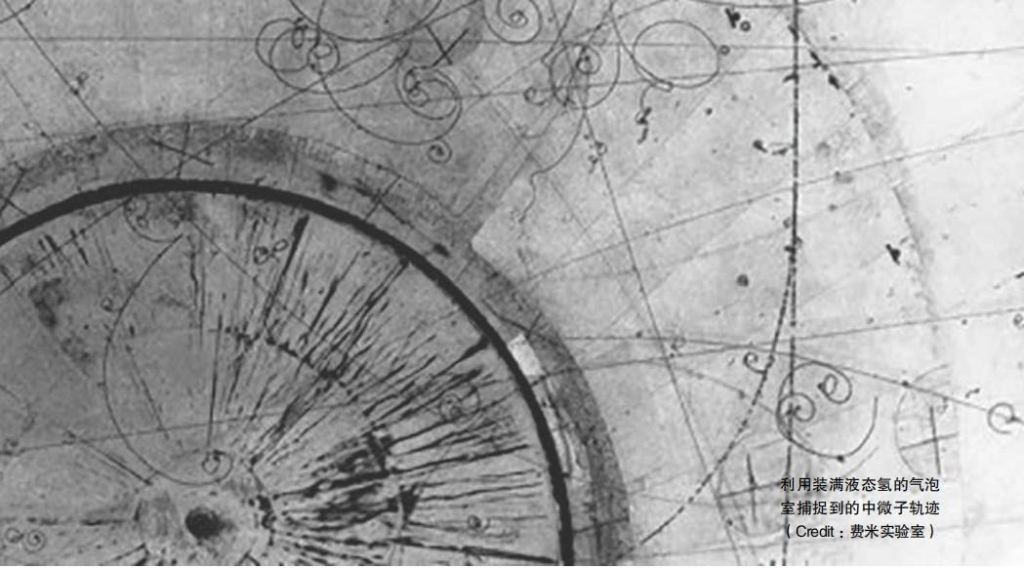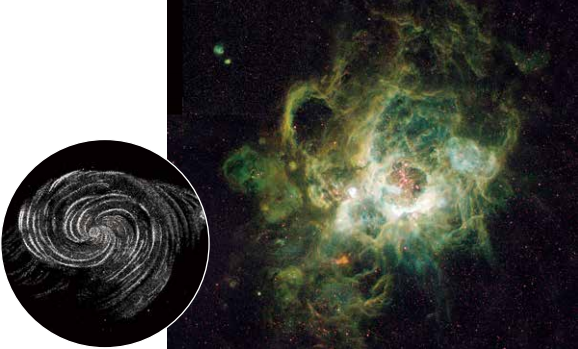
People have always looked into the sky and tried to explain what they saw. Some early civilizations created fantastic stories to explain the patterns above us. Our modern scientific understanding shows the truth is more extraordinary than any of these tales. Some small dots of light in the sky are actually enormous objects called galaxies, made up of billions of stars, some so far away that it took billions of years for the light to reach us. These galaxies are shaped, not by the exploits of gods, but by a whole range of incredible objects, like black holes in space from which nothing can ever escape.
It took hundreds of years for scientists to discover the truth about galaxies. The history of astronomy is full of giant steps forward made possible by the use of new technology. The first came with the invention of the telescope in the sixteenth century and observations that led to the Copernican revolution. This proved that Earth was just a planet, like others, orbiting the sun. The stars in the sky and the streak of light called the “Milky Way” were other suns like our own but much further away. This was a big change in the understanding of the universe and its size. However, it was thought that the group of stars surrounding us in the Milky Way was the entire universe. The concept of galaxies did not yet exist.
Astronomers had in fact already seen galaxies but did not know what they were. In 964, Persian astronomer Abd al-Rahman al-Sufi first described a galaxy, now called Andromeda. He called it “a small cloud” as telescopes at this time could not resolve any detail within it. This was the first galaxy other than the Milky Way to be mentioned in scientific writing. As other cloud-like objects were discovered, they were called nebulae.
Eight centuries later, British astronomer Thomas Wright was, in 1750, the first to speculate that some faint nebulae were in fact distant versions of our own Milky Way. Anglo- German astronomer William Herschel (working with his sister Caroline) undertook deep sky surveys looking for objects that were not stars. Starting in 1785 they published work eventually including over 2,400 new nebulae. He also counted the stars of the Milky Way in different regions of the sky, which allowed him to correctly interpret our own galaxy as a disk-shaped object.
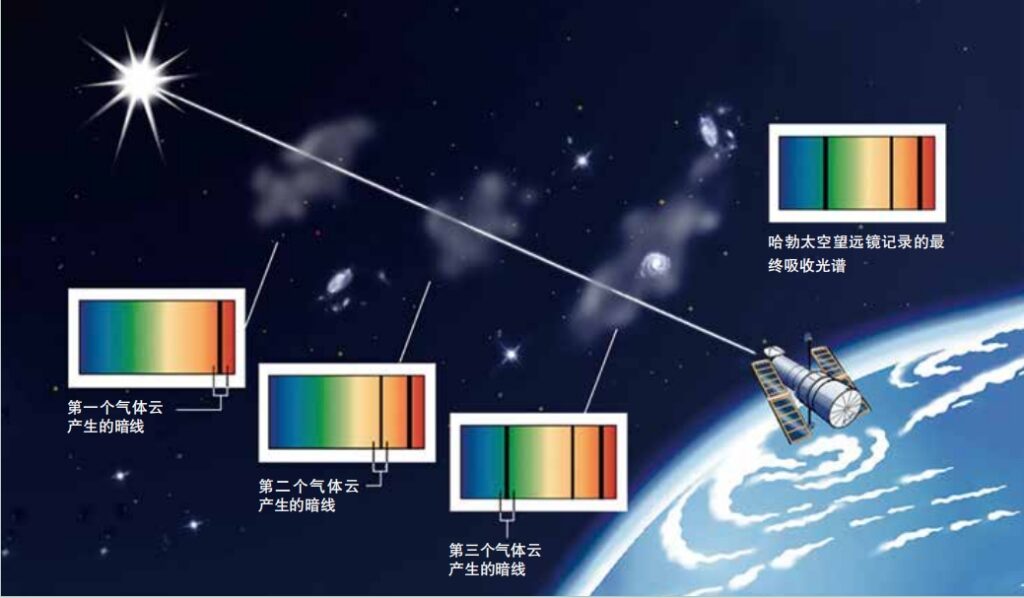
The Great Debate
In the nineteenth century, astronomy progressed through the invention of photography and the creation of larger improved telescopes. This created a big increase in the volume of data that could be collected as telescopes took images of the sky. Rather than a single person looking down a telescope, many people could analyse a large number of photographs taken in a single night. These photographs were studied by teams of people who made precise measurements, building up catalogs of the different objects visible in the sky. This was skilled work, requiring many mathematical calculations. A group called the Harvard Computers was particularly skilled and made many important contributions. The astronomers of the sixteenth century had catalogues of thousands of stars; by the early twentieth century, the positions of hundreds of thousands were known.
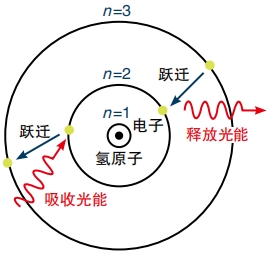
Along with the positions of stars, astronomers could gather information about the type of light coming from any object in space. Early techniques used a simple prism to split sunlight into a rainbow of different colours—the different wavelengths of visible light.
Later instruments could be used on the light from a single star and allowed precise measurements of the intensity of the different wavelengths of light. This technique is called spectroscopy. It captures images of the spread of wavelengths, called emissions spectra. These contain sharp dark spectral lines that give information about the composition of the object—each element has a distinctive spectral line. The element helium was first discovered in this way, as a spectral line in light from the sun. Only later was it isolated by chemists on Earth.
Armed with all this data, scientists sought to understand and classify what they saw, including nebulae. These had different shapes, from irregular blobs to ovals to beautiful spirals. Analysis of the emissions spectra of some nebulae showed they were made of hot gas.
However, some researchers thought the spiral types of nebulae seemed different, and this led, in 1920, to a Great Debate between two eminent American astronomers, Harlow Shapley and Heber Curtis. One side, led by Shapley, argued the traditional view—the entire universe consisted of just the Milky Way, made up of stars and clouds of gas. They believed the spiral nebulae were just other objects between the stars. In other words, the spiral nebulae were within our own galaxy and our galaxy was the universe. Shapley also argued that the sun was not at its center. Conversely, the group of astronomers led by Curtis made a remarkable claim: spiral nebulae were not inside our galaxy but were galaxies made up of billions of stars appearing as small objects because they were enormously far away. The Milky Way, they argued, was just the galaxy that we were a part of, and the sun was at the center of our galaxy. Curtis suggested that the universe was much larger than our galaxy. In brief, this controversy concerned the scale and makeup of the universe. Now we know that Shapley and Curtis were both right and wrong. The sun is not at the center of the galaxy (Shapley) and the galaxy is only one of hundreds of billions of galaxies in the universe (Curtis).
Many lines of evidence were discussed, but fundamentally the debate hinged on how far away the nebulae were. If they were galaxies, it was calculated they must be 108 light-years away, a distance that seemed incredibly large, requiring the universe to be much bigger and older than was previously thought. Accepting such a change to our understanding of the universe required good evidence.

Estimates of the distance of close stars had already been made using parallax – making use of the earth’s movement throughout the year and measuring the small differences in position of close stars: trigonometry then allows the calculation of how far the stars are. But this didn’t shed light on the overall size of the universe.
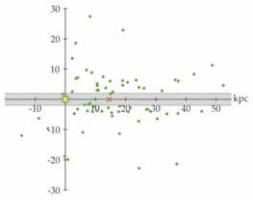
Evidence for that came from the work of a member of the Harvard calculators, Henrietta Swan Leavitt . She studied unusual stars, called Cepheids, that became fainter and brighter in a regular cycle. By measuring thousands of examples within a region of space called the Magellanic Clouds, she gathered enough data to (in 1912) publish proof that the overall luminosity (how much light is produced) of these stars was correlated with the period of change: the more slowly the luminosity changed, the more light they produced. This provided astronomers with a key to measuring the size of the universe.
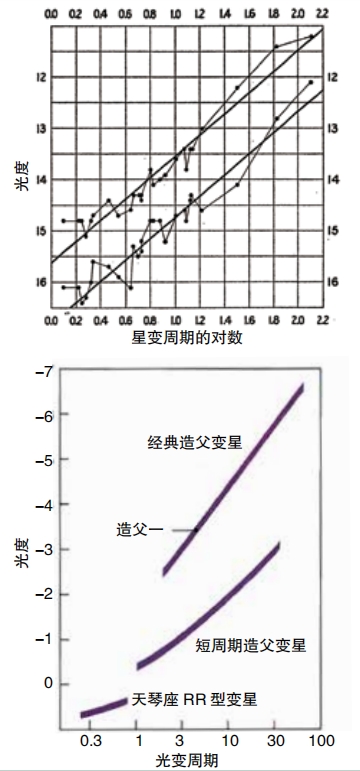
Leavitt’s work left unknown the scale for measuring this brightness (how much light reaches us) since the distances to the Magellanic Clouds were unknown . One year after she reported her results, Ejnar Hertzsprung determined the distances of several Cepheids in the Milky Way, and with this calibration, the distance to any Cepheid could then be determined.
This created a new measurement technique. If we know the absolute luminosity of a distant Cepheid star, we can use the observed brightness to calculate how far away it is.
In 1920, Harlow Shapley used this technique to estimate the size of the Milky Way. Later that year, American astronomer Edwin Hubble used it on Cepheids within the spiral Andromeda “nebula” to show that it was indeed an enormously long way away. Shapley was convinced by Hubble’s evidence: the great debate was over. The “little cloud” first recorded by Abd al- Rahman al-Sufi over a thousand years prior was now known to be a huge galaxy, like our own Milky Way.
What Is a Galaxy?
Scientists sometimes called galaxies island universes, as they are enormous but usually long distances apart. Think of it like our solar system. A solar system is made up of a star and planets, with empty space in between. Galaxies exhibit a similar structure—each one is a group of solar systems, usually separated from the next galaxy by a large empty space. The pattern is similar, but the scale is enormously different.
The scales that astronomers deal with are so large that they are hard to comprehend. This is one reason they use different units to deal with them. Light travels so fast, 300,000 kilometers per second, that we barely notice it has a speed. It can travel around our Earth in slightly over a second and reach the sun in eight minutes. Astronomical distances are measured in light-years, the distance light travels in a year. Despite the name, it is a measure of distance, corresponding to 9,461,000,000,000 kilometers. The nearest star to us is 4.2 light-years away.
The galaxy we are part of—that we used to think of as the entire universe—is about 100,000 light years from one
side to another. The Andromeda galaxy—one of the closest galaxies—is 2.5 million light-years away, and the most distant are 13.5 billion light-years away, at the edge of the universe we can see.
There are estimated to be over 2×1012 (two thousand billion) galaxies within the visible universe. Most are extremely distant and extremely faint, but they can be seen with the most modern telescopes. Scientists point a telescope at an “empty” portion of the sky for up to one hundred hours, and this very long exposure time reveals thousands of very faint, tiny, and distant galaxies in resulting images.
Some galaxies are close and large. The Andromeda galaxy is the largest, visible with the naked eye as a little cloud. Others, such as the Pinwheel and Sombrero galaxies can be seen with small amateur telescopes or binoculars. Generally, though, large telescopes are needed to see the fine detail of their spirals.
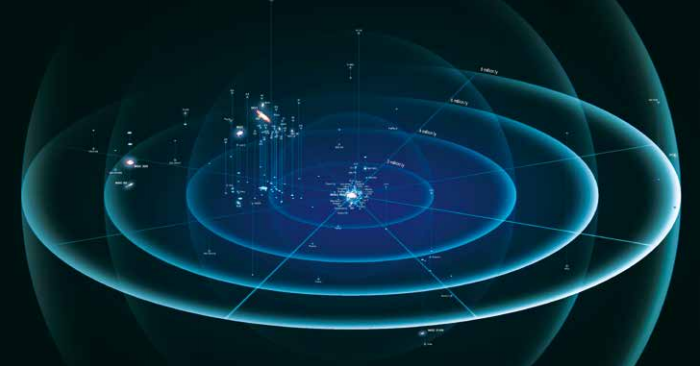
Mapping the Universe
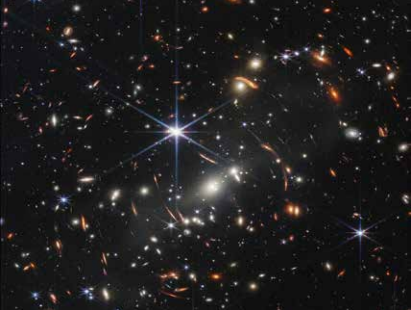
Scientists have learned a great deal about galaxies in the hundred years since their discovery.
They have been classified into different types, depending on their shape . These have also been linked to a better understanding of how they are created and how they evolve over time growing and even colliding, as we’ll see in a later article.

In 1926, Edwin Hubble invented a classification scheme for galaxies, known as “the Hubble sequence”, that is still in use. It was intended purely as a way of defining different types of galaxies. There are four main groups: ellipticals, lenticulars, spirals and irregulars.
An early breakthrough in our understanding of galaxies and the universe came, yet again, from Edwin Hubble. In the 1920s, Hubble discovered that all galaxies were moving away from us, and the more distant they were, the faster they were moving. This observation, known as the Hubble-Lemaître Law, affects all galaxies and is key to discussions about the shape and history of the universe itself.
Until the 1950s all telescopes used visible light, but in the 1950s and 1960s new types of telescopes were created to capture other parts of the electromagnetic spectrum. Instead of lenses, they used giant movable dishes to focus radio waves onto a detector. This new field of radio astronomy found regions that looked unremarkable in the visible light wavelengths but produced very strong signals in the radio spectrum. These observations led to the discovery of quasars in the 1960s.

Starting in 1998, the five-year long 2dF Galaxy Redshift Survey systematically mapped the large-scale structure of the universe. Its data showed that galaxies were not distributed evenly but instead were formed into giant structures shaped like walls, filaments, or clusters. For example, our own galaxy is part of the Laniakea Supercluster. First defined in 2014, this contains around one hundred thousand galaxies spread over 520 million light-years. For over twenty years, the Sloan Digital Sky Survey has also mapped the universe, regularly publishing its data and making 3D maps.
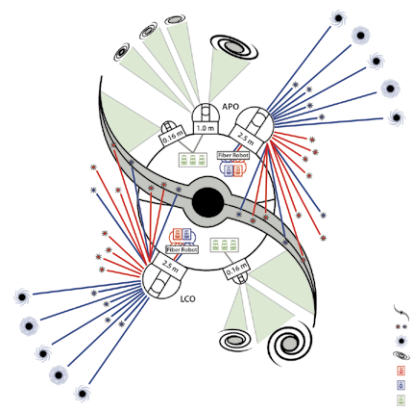
By the twenty-first century, astronomers were reaching the limits of observations possible to make from Earth. Our atmosphere randomly distorts light that passes through it, putting a limit on how far and how clearly Earth-based telescopes can see. You can see this effect (called scintillation) yourself when you look at stars in the night sky and they appear to flicker or twinkle. Devices such as the Hubble Space Telescope (named in honor of Edwin Hubble) orbit Earth outside the atmosphere and are free of the effects of scintillation. Only these telescopes are able to see the most distant galaxies. A new one, the James Webb Space Telescope, produced its first images in July 2022.

Also in orbit, the Gaia observatory was designed to measure the positions of a billion stars within the Milky Way and track how they are moving. The goal is to determine the detailed structure of our galaxy more precisely than ever before.
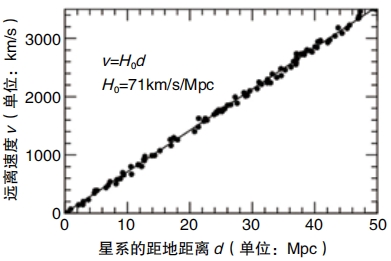
Whereas one hundred years ago people acted as computers, now astronomers use digital computers to process huge volumes of data on billions of objects. We now understand much about galaxies and what they contain, stars and clouds of
dust and gas. We even know about more exotic objects within galaxies, such as black holes . We also know that what we see is not the full picture . In order to match observations and theoretical calculations, astronomers predict the existence of dark energy and dark matter. Further study may one day provide evidence of these and explain their nature, but meanwhile, the oldest and most distant objects we can see are galaxies. Astronomers use them to study the large-scale structure of the universe itself and how they are distributed throughout it. Their goal is to understand how the universe was created and how it will end.
People have always looked into the sky and tried to explain what they saw. The discovery of galaxies was a giant step forward, showing that when we look up at night, we are looking into a Universe that is almost too huge to comprehend and full of wonders.

